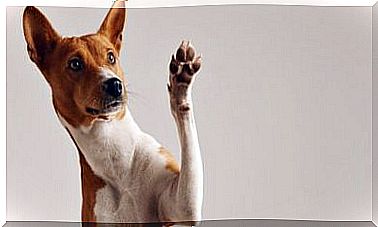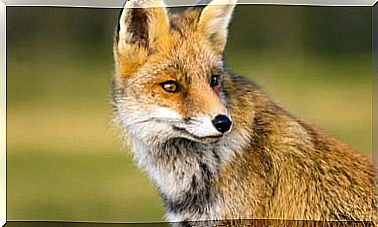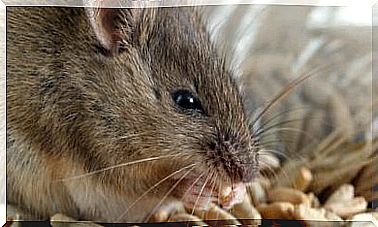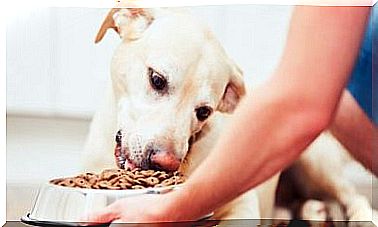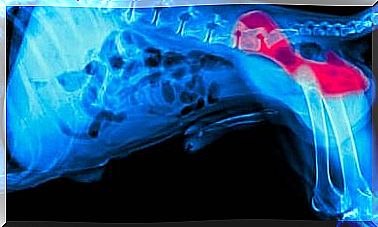Dogs And Children
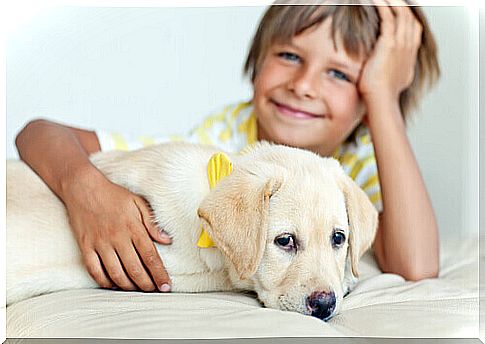
Although most of the pets that live in our homes are faithful and loyal companions, and living with them is easy, when there are children in the family, precautions must be taken so that the relationship between the animal and the child develops in proper way.
Furthermore, if you do not have a dog yet, but are thinking of adopting one, you should know that not all breeds are equally suitable for living with the little ones: let’s find out together which ones are the most suitable for children.
Child friendly breeds
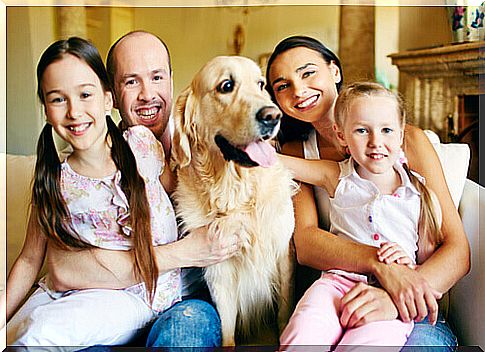
The Boxer, Great Dane and similar breeds are very muscular and burst with energy from all pores: they therefore need adults capable of interacting with them during their walks. With similar characteristics to the previous breeds, also Labradors are dogs that never tire of playing and, given their great tolerance to children and young people, they represent an ideal breed for young people over ten years old.
Miniature S chnauzers are also a great choice: their small size, combined with their patience and exuberance, make these dogs the best company for children. The same goes for Golden Retrievers, with a cheerful disposition and always willing to play at any time. Furthermore, the females of this breed are generally more docile and patient than the males.
Responsibility and respect
It is important for children to understand that, in addition to the playful aspect that a pet can have, the dog is still a living being: it will be your task to teach your children how to behave and what they must avoid in order not to harm the dog. on the other hand, he will endure the harassment of the little ones with infinite patience.
The possibility of interacting with the dog offers children many benefits, among which we find:
- facilitates socialization ;
- teaches the importance of knowing how to share;
- establishes a dynamic in which affection is given and received;
- helps to overcome innate fears;
- it helps to develop a sense of responsibility towards another living being.
There are more and more cases of dogs that are used in different types of therapies, to treat both physical problems and psychological disorders.
Benefits for the little ones
Some experts in the field also claim that dogs are also able to help little ones develop confidence, a sense of humor and intuitive ability.
In the case of introverted children, who find it difficult to socialize, or even those who are bullied at school, the dog seems to fully understand the discomfort of the minor and never leaves him alone: the child will develop, little by little, and with the help of his four-legged friend, a greater emotional capacity.
In the case of babies, the dog can even represent a model to imitate, following his steps or making sounds to communicate. Even crawling behind the animal is a healthy exercise: it is even said that the muscle movements that are done when crawling help to preserve sight and reduce squinting.
As children grow, having to take care of the dog will help them learn important concepts such as responsibility and organization, since they will have to change the dog’s water bowl or make sure that he has eaten. his croquettes.
Dogs improve health
While it may seem strange, some recent studies assure that children who have the opportunity to grow up with a dog develop far fewer allergies and fewer vision and hearing problems. This is explained by the fact that daily living in close contact with the dog allows children to develop a much more resistant and effective immune system.
Hygiene first of all

Although parents are attentive and scrupulous, the level of interaction between dogs and children is high and, consequently, the level of hygiene must be high: not only that relating to the house, but also to that of the animal (deparasitation, vaccines, periodic check-ups, etc …).
Washing your hands and disinfecting yourself after touching or playing with your dog is another very important issue.
Children want to have a puppy in the house because they see it as a toy, only with its own movements and life. For this reason it is a duty to teach the little ones that pets should be treated with respect, showing them that dogs and cats are not puppets: on the contrary, they are living beings like them, with the same feelings of sadness or joy and the same needs. at the alimentary, hygienic and emotional level.
